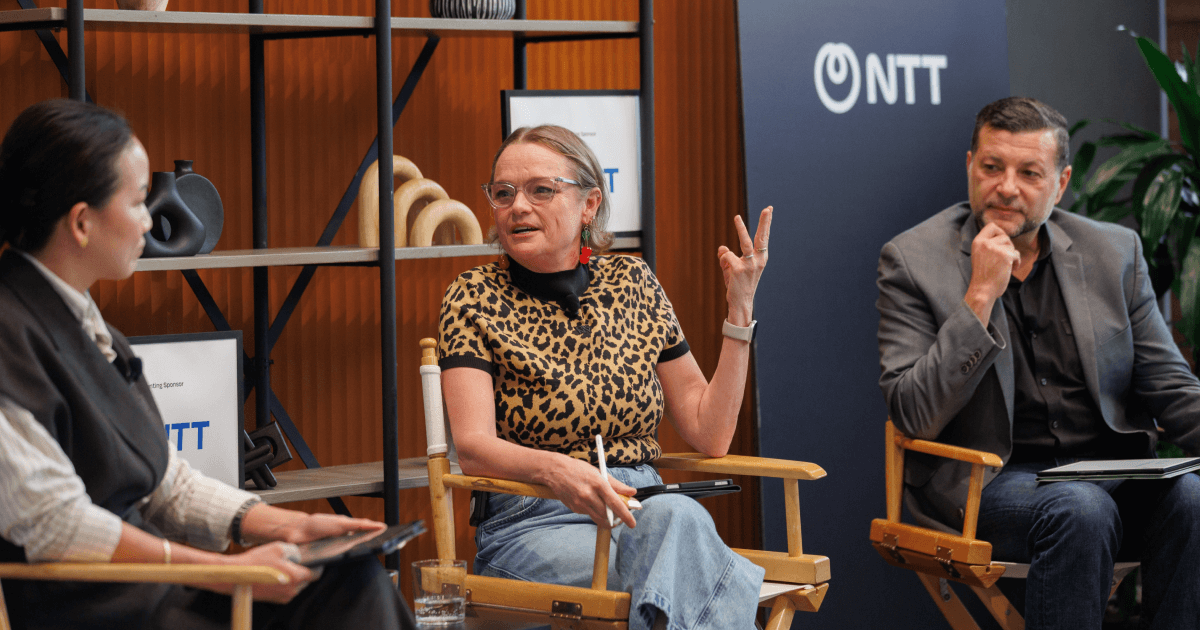

No one embarks on a project planning to fail, but it happens. Failure is a natural part of growth and progress; without it, we’d be perpetually frozen. But we're humans. We're pretty good at getting knocked down and continuing to stand back up, sometimes even with a new lesson learned to guide us better forward.
‘Failing fast’ has been the creed of many startups, and understandably so. For one, everything in the startup space tends to be fast-paced, so why would failure be the exception? These types of businesses are typically racing to make an impact – and a profit – quickly. It’s a high-pressure market to operate in, and the expectation for innovation placed on these businesses ups the ante. However, the key to why this approach to product innovation has worked well for some and become a source of inspiration for others is that startups typically have the agility and flexibility to operate this way. There are no rigid systems, historic ways of doing things, or even competing priorities in their way. Start-ups are singularly focused and in the enterprise, it’s simply not the same.
The pace in enterprises is often slower, and there are chains of command that decisions must go through, legacy tech stacks to contend with, and generally higher levels of risk aversion. Whereas a startup may just have to answer to a handful of investors, enterprises may have to serve a board, shareholders, and a large population of employees or customers already used to a suite of products.
Rather than focusing on the speed of failure, enterprises should focus on the scale. It’s a matter of failing small instead of failing fast, and it begins with how you structure your business’s approach to product innovation.
Our Frictionless Enterprise framework combines concepts from business management, software architecture, and engineering to provide a framework for problem-solving, team organization, and product innovation. Envision the model as a pyramid. The bottom provides the solid foundation upon which everything else runs. Inside that foundation are the core building blocks that every modern organization should get good at. These building blocks include agile flow, DevSecOps automation, quality engineering, and architectural patterns. Once you have that foundation established and optimized, you’ll have a way to deliver software consistently, which means it can be reused time and again. In other words, you can begin to scale, freeing you up to focus on new experiences and products you believe your audience wants.

So, how does this tie back to failure? With the proper frictionless foundation, you can make smaller bets. Because you are amortizing the cost of construction by leaning into the repeatability and reuse your foundation provides, you can bring that next idea to and through a build stage in less time and at less cost. Instead of building something new in a bespoke manner in a silo, you are doing the opposite. Now, multiply that by dozens of innovation and new product attempts over a year, and the impact on the org is huge.
You can take an idea, build it without a lot of friction, get it into market, test it, and assess it while also giving it the necessary time to cross the chasm. And if it fails at any stage, that’s okay. Your organization is now built to endure that.
You didn’t just fail fast like a startup. You also failed small because the lift to make that attempt leveraged a system that provides scale.
Really, it isn’t speed that startups or established enterprises are looking for: it’s smoothness. Speed follows naturally when your organization is set up for frictionless product innovation. You can fail smaller because you’re built to sustain potential blows and have the proper infrastructure to rebound quickly. It’s the best of both worlds, offering startup-level speed and agility at enterprise scale.
Becoming a frictionless enterprise doesn’t happen overnight, but there are steps you can take today to bring your business closer to a state of perpetual momentum. Check out our ‘Frictionless Enterprise’ ebook here to learn more.



